I ate honeycomb for the first time at the Royal Highlands show in Scotland where it was called cinder toffee. I adopted a Scottish accent after the first bite. I’d eaten honeycomb-covered chocolate bars in London, but fresh-made honeycomb had heady aromas of caramel,...
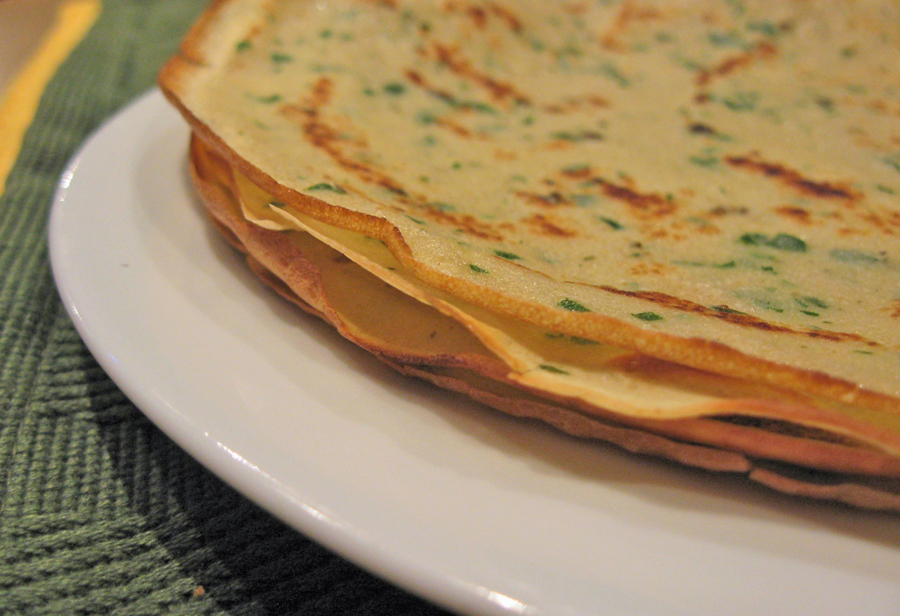
Crepes and Crêpes Célestines | Herbed Crepes
Crepes and Crêpes Célestines | Herbed Crepes

There is no contradicting, however, that crêpes are a flavorful and texture delight to eat and easily diversify anyone’s menu. Crêpes Célestines is a recipe I made at in Paris during culinary school. The name is a bit of a mystery as many French dishes use Célestine to refer to a dish made in the style of “Célestine” a woman of unclear historical origins but may have been from Lyon (more on French recipe naming methods later).
I’ve seen dishes named omelettes, consommé, potage (soup) all in the “célestine style.” The term may also be connected, at times, to using green, leafy herbs as an ingredient (not as a garnish).
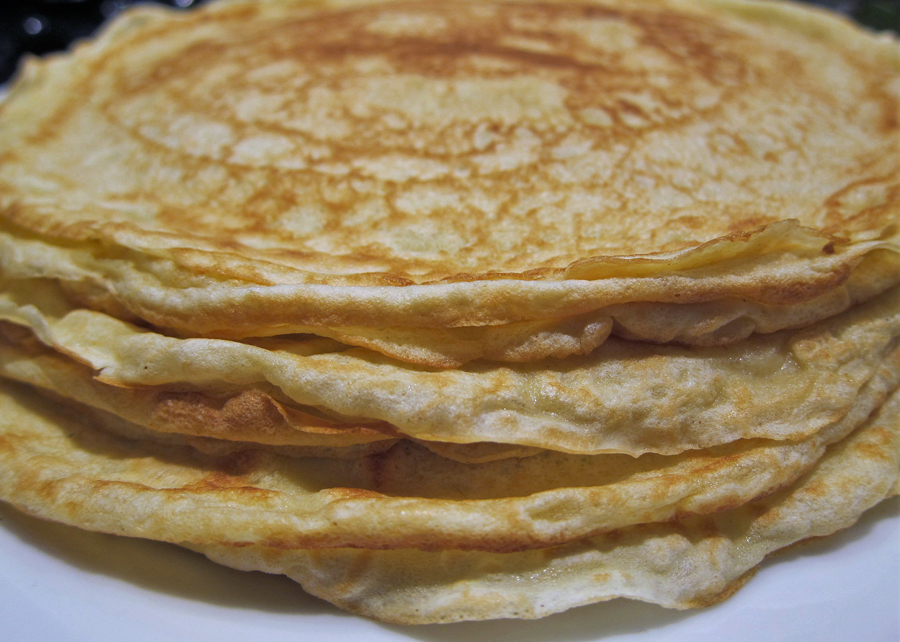
Crepes and Crêpes Célestines
Ingredients:
- 1½ cup all-purpose flour
- ½ cup cold water
- 1¼ cup milk
- 3 large eggs
- 2 tablespoons melted butter—not hot
- Clarified butter, organic canola or vegetable oil for cooking
Optional: ½ teaspoon fine sea salt (see taste notes below)
“Crêpes Célestines” additions: 3 branches of chervil or other green herb, chopped
Batter steps: (can be done up to two days in advance)
Vite Vite (blender versions) Add all the ingredients to a blender and mix until a smooth batter forms or add all the ingredients to a medium-sized bowl and mix with a hand-held immersion blender. Go to step 2. Traditional method: Burns some calories and you don’t have to clean a blender-yay!
- Add the flour and salt to a medium-sized bowl and whisk. Add the eggs, butter and milk and whisk to incorporate then add the water and whisk until combined and smooth. The refrigeration step will often fix any lumpy batter patches.
- Batter should coat the back of a spoon like a heavy cream, but if it is too thick, add a bit more of water or milk.
- Refrigerate for 2 hours or for up to two days. In pinch, I’ve used crêpe batter after only a 30-minute rest, but texture isn’t ideal and crêpes don’t form as well.
Crêpe steps: Making crêpes:
- Heat a nonstick skillet or crêpe pan with 6″-7″ base (or larger for a smaller number of crêpes) over medium-high heat then add just enough oil or clarified butter to lightly coat the skillet.
- Stir the batter and scoop out about 1/4 cup of batter (a 2-ounce ladle works best).
- Slightly tilt the skillet and pour the batter near the higher side of the skillet and swirl the batter counterclockwise around bottom of pan by rotating the pan with your wrist until the entire surface is thinly coated. Try not to get the batter on the skillet edges. Place skillet back on heat.
- Cook 1-2 minutes and flip when crêpe begins to color golden brown on the pan-side down. Then cook another 30 seconds to 1 minute.
- Place crêpes on a rack to cool; however, a plate works fine as well. These crêpes don’t stick together.
Crêpes and Crêpes Célestines
Substitutions / Options:
- You can substitute a lower-fat milk, but it does change the texture and flavor.
- All-purpose flour works best and yields a traditional product. If you want a more nutrient-dense crêpe, I don’t recommend whole wheat flour, instead go French and make buckwheat crepes for higher fiber and a nutty flavor and unique texture profile.
- Butter can be used; however, it can smoke at higher heats used for crêpes.
- Salt enhances the flour flavor and the amount used in this recipe doesn’t prevent the crêpes from doing double duty as dessert crêpes. Most dessert crêpes add sugar to the batter, but I don’t miss sweet dessert ingredients used.
Resting is important:
- it reduces the air bubbles that can cause crêpes to tear or have weak spots
- the gluten has time to relax to ensure tender, more content crêpes
- Savory street crêpes fillings:
- 4 pieces of Prosciutto or ham or eggs (cook sunny-side up on cooked crepe)
- 4 slices of Gruyere, Swiss or Monterey or other cheese
- Some vegetables: baby spinach, Swiss chard, roasted asparagus, artichokes, sun-dried tomatoes, caramelized How to Caramelize Onions, Caramelized Onions Recipe Recipe | Simply Recipes, mushrooms, roasted peppers, tomato etc.
- Flavors/seasoning options: Ground pepper, sea salt, mustard, basil, olive oil
“Love is a fire of flaming brandy Upon a crêpe suzette”
10cc, ‘Life is a Minestrone’
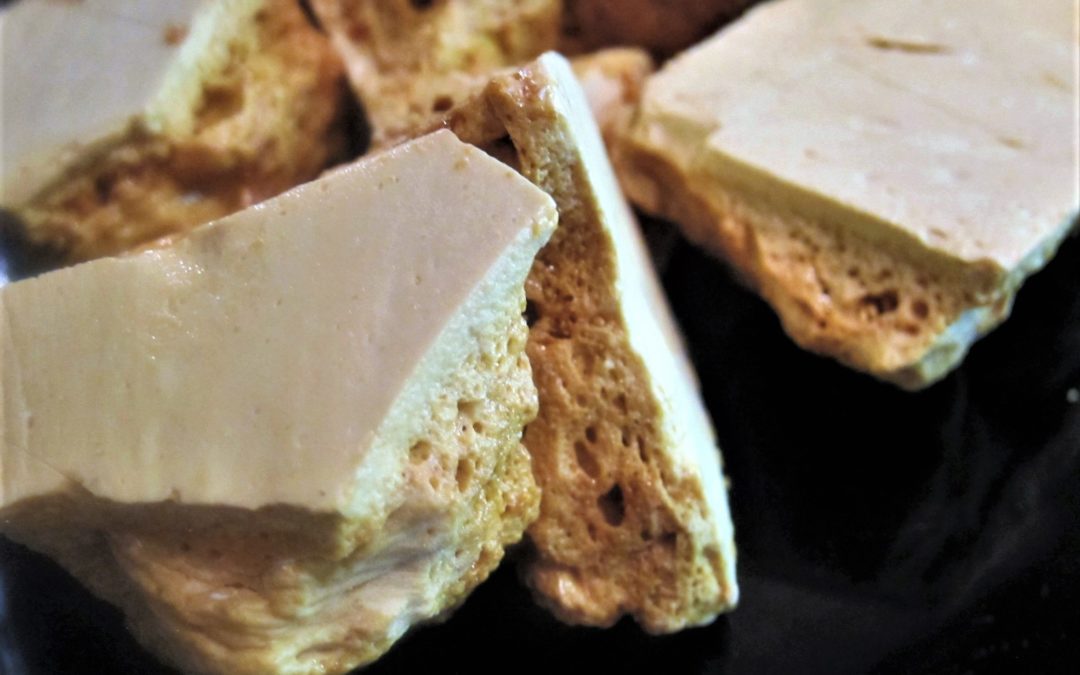
Easy homemade Honeycomb for a Flavorful Sweet Treat
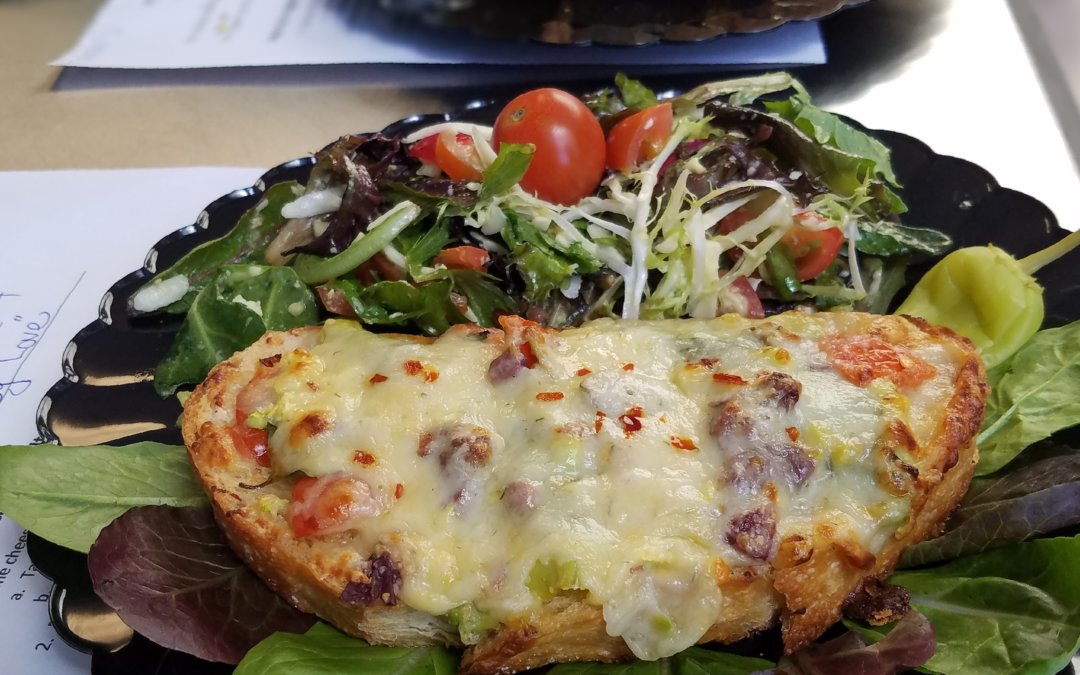
Kids in the Kitchen: A little Cooking Competition is Healthy
Parents rarely get to brag that their children regularly make the family meals using lots of new ingredients. However, TV cooking competitions for kids give the illusion that they often whip up complex meals quicker than their parents can google the recipe....
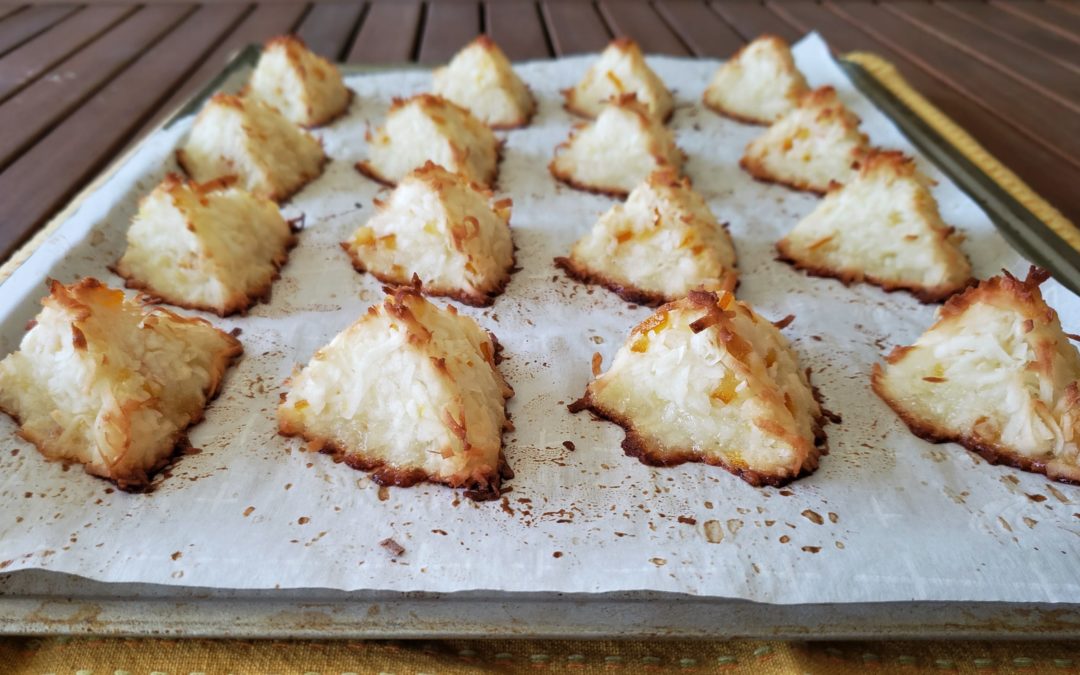
Marmalade Macaroons or Rochers à la Noix de Coco
Add macaroons to your dessert menu to master a classic French treat with Italian origins that’s surprisingly quick and easy. Macaroons (mac-uh-ruinz) based on coconut, look and sound nothing like the butter-cream filled almond cookies macarons (mac-kaw-rhone...
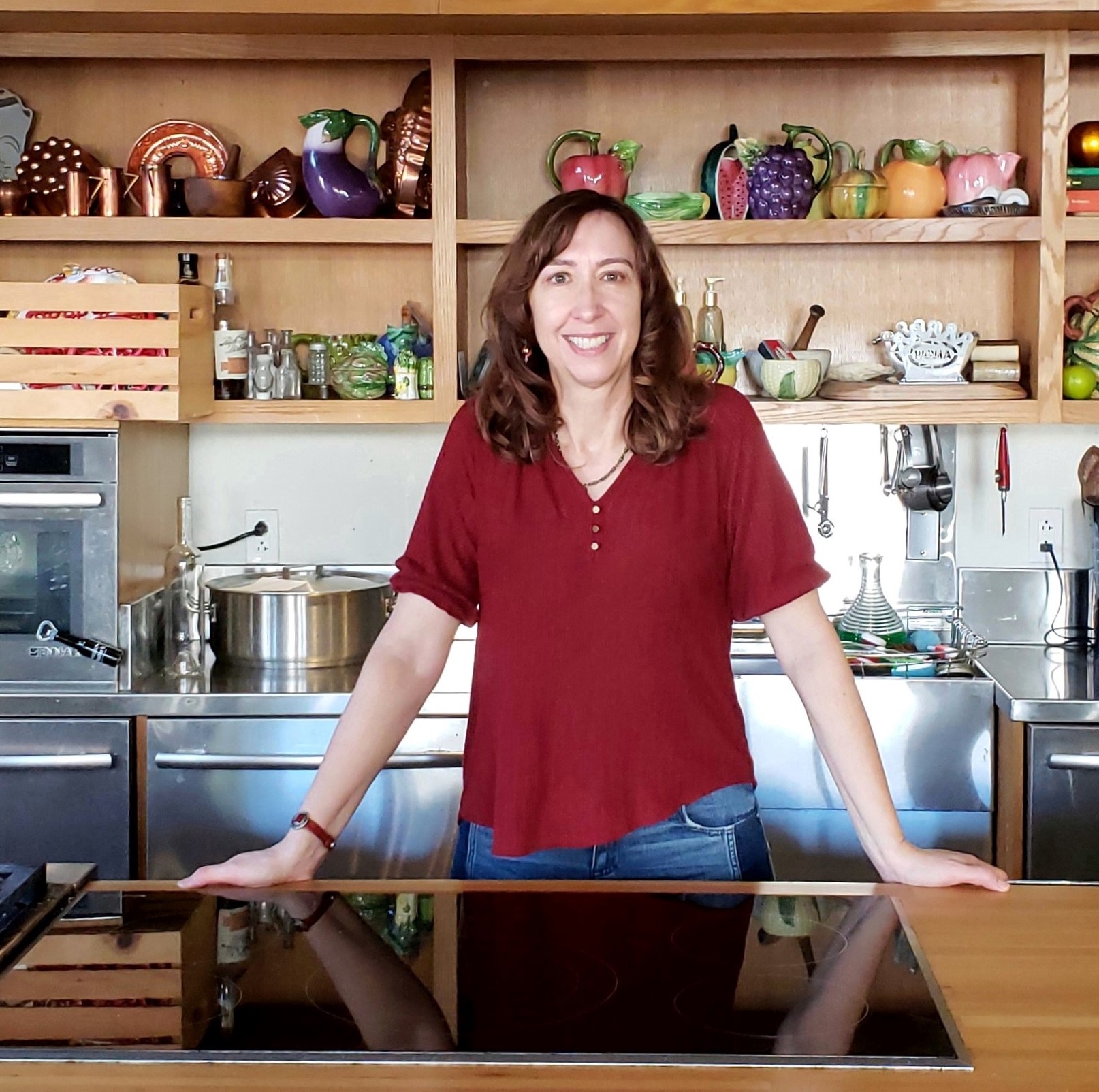
Michele Redmond
French-trained Chef, Registered Dietitian Nutritionist & Food Enjoyment Activist
It's about Making Food First
Get Eat Well Academy periodic updates on easy ways to choose and cook foods that satisfy your appetite, nurture your body and make eating well a pleasure.

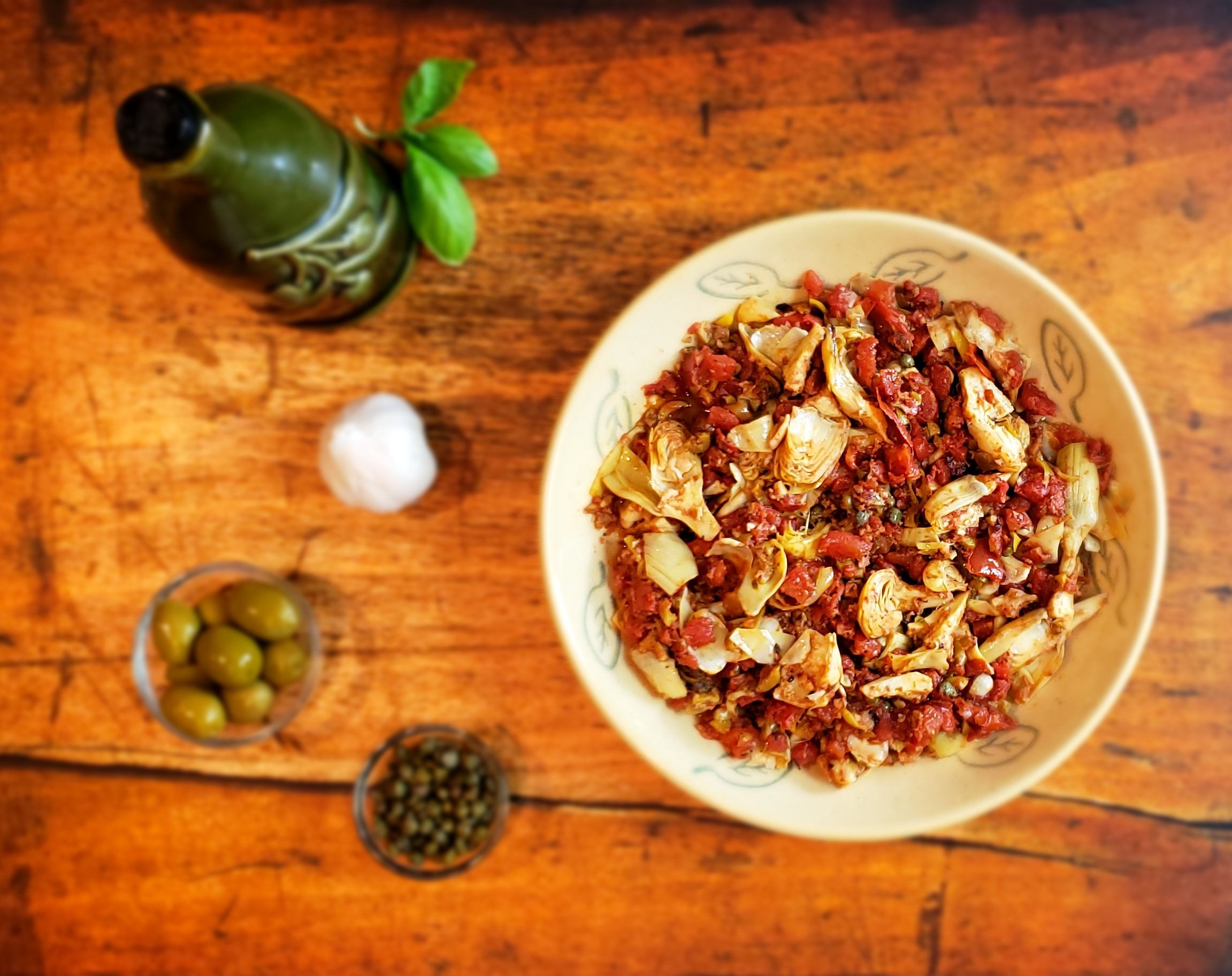
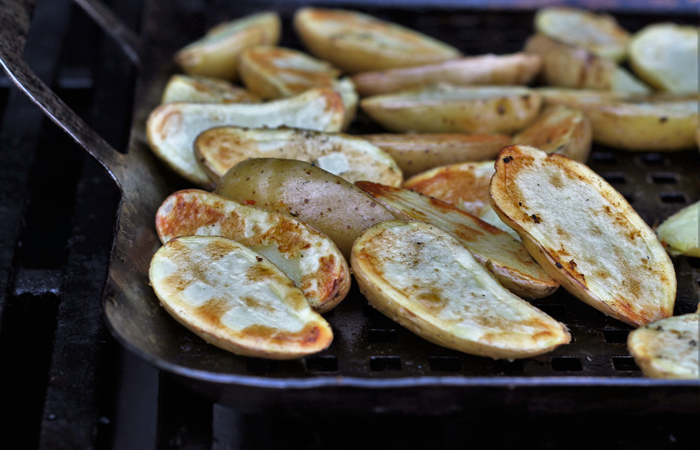
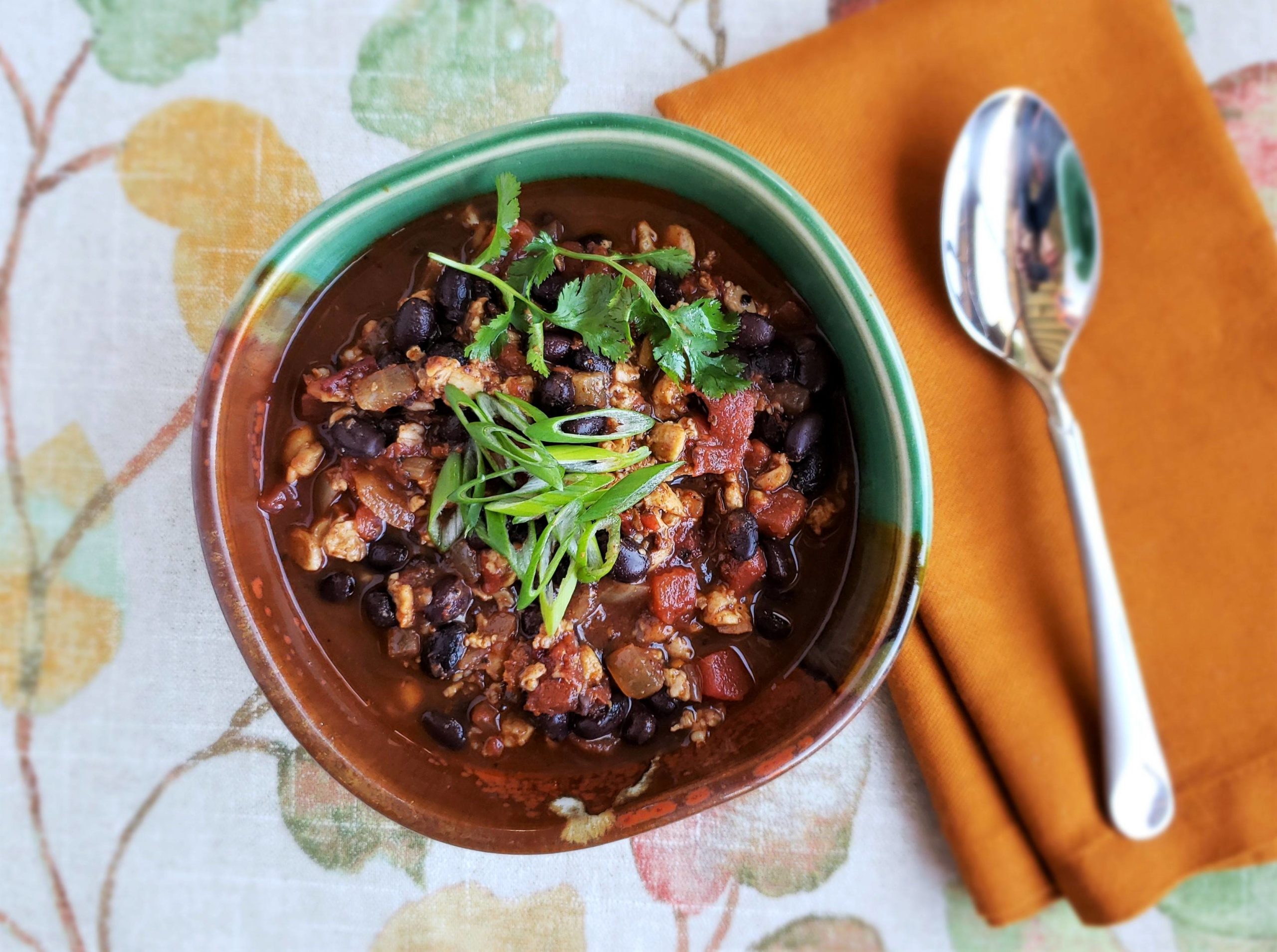
 The pleasure of food, good health and well-being through simple habits for eating well and flexitarian low-key cooking.
The pleasure of food, good health and well-being through simple habits for eating well and flexitarian low-key cooking. 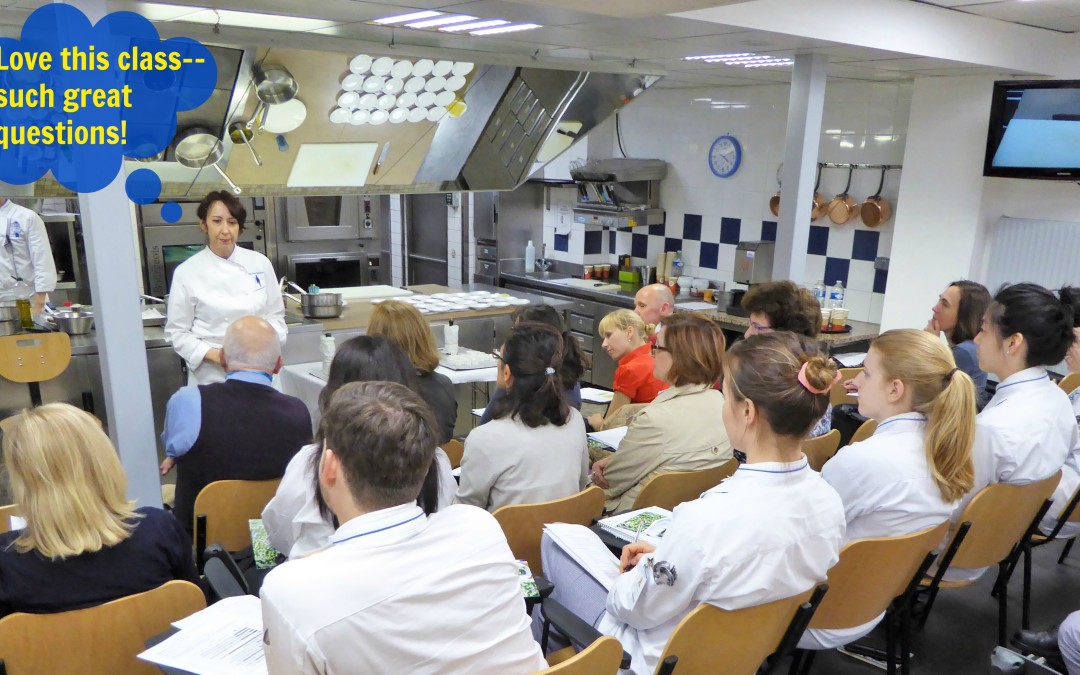
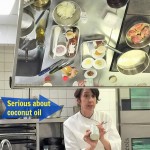
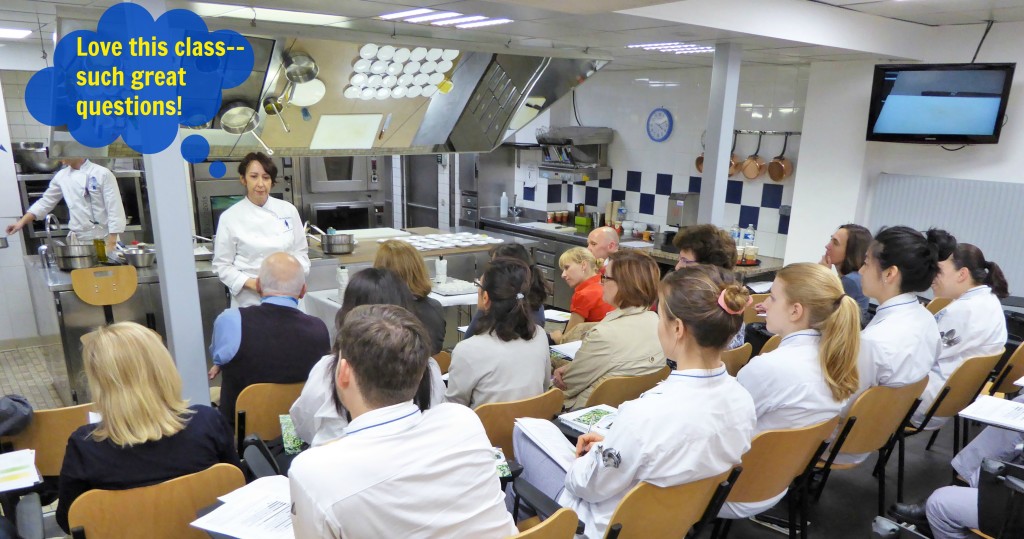
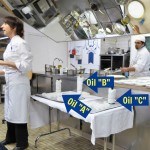
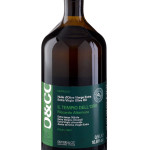
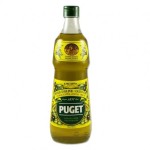
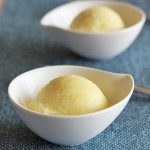

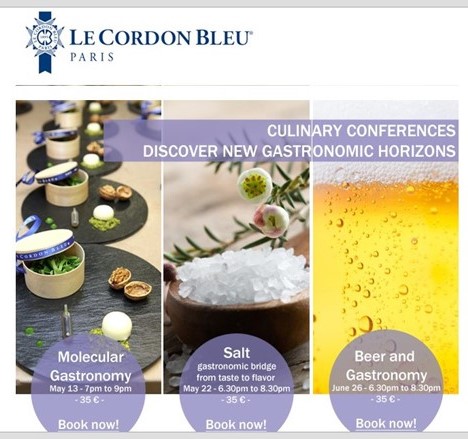
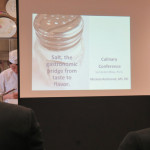
 Michele conducted a salt taste workshop and discussed how to use salt seasoning to bridge culinary and nutrition science with health and taste enjoyment.
Michele conducted a salt taste workshop and discussed how to use salt seasoning to bridge culinary and nutrition science with health and taste enjoyment.
 seasoning were demonstrated and reviewed as well as tricks for avoiding the most common salt seasoning issues.
seasoning were demonstrated and reviewed as well as tricks for avoiding the most common salt seasoning issues.